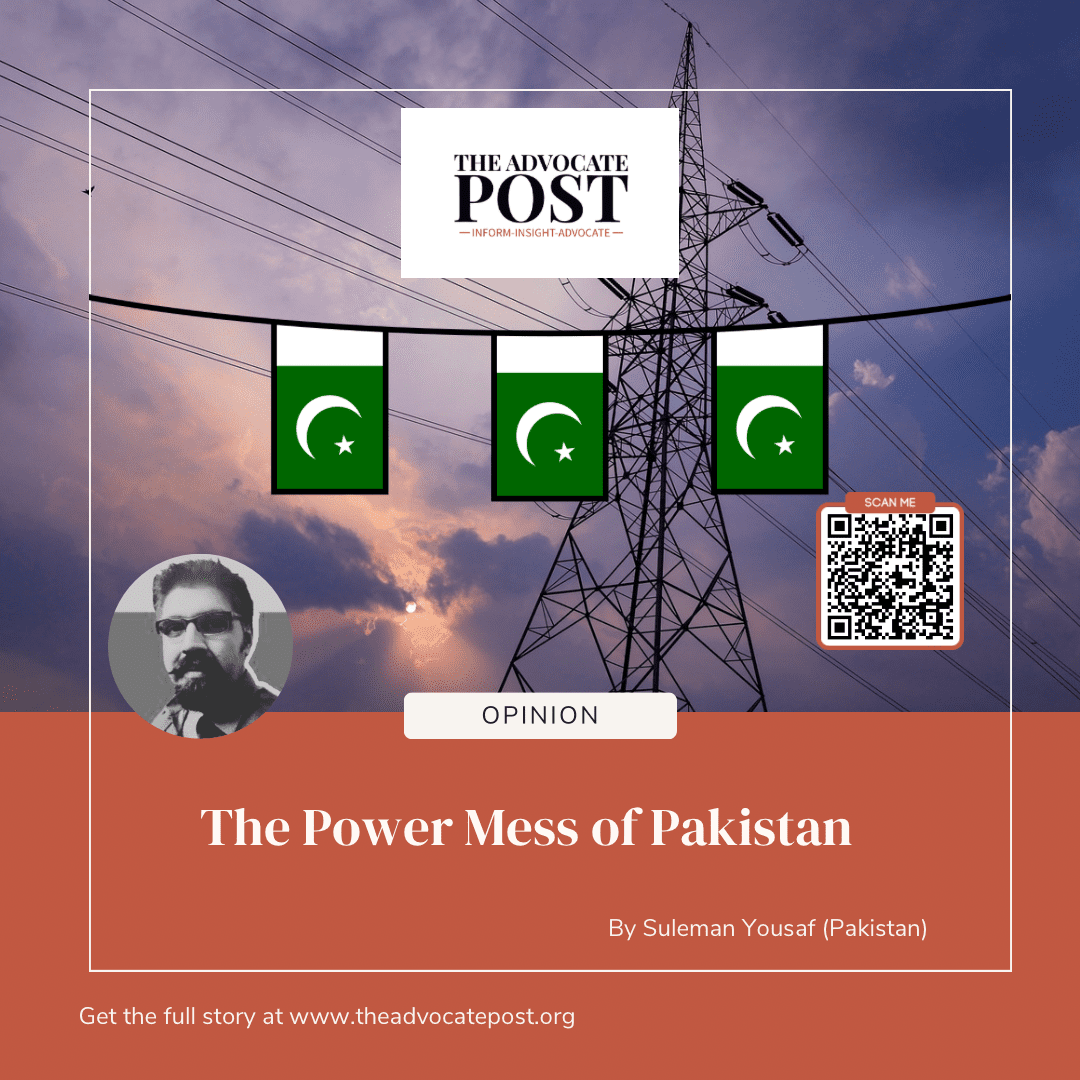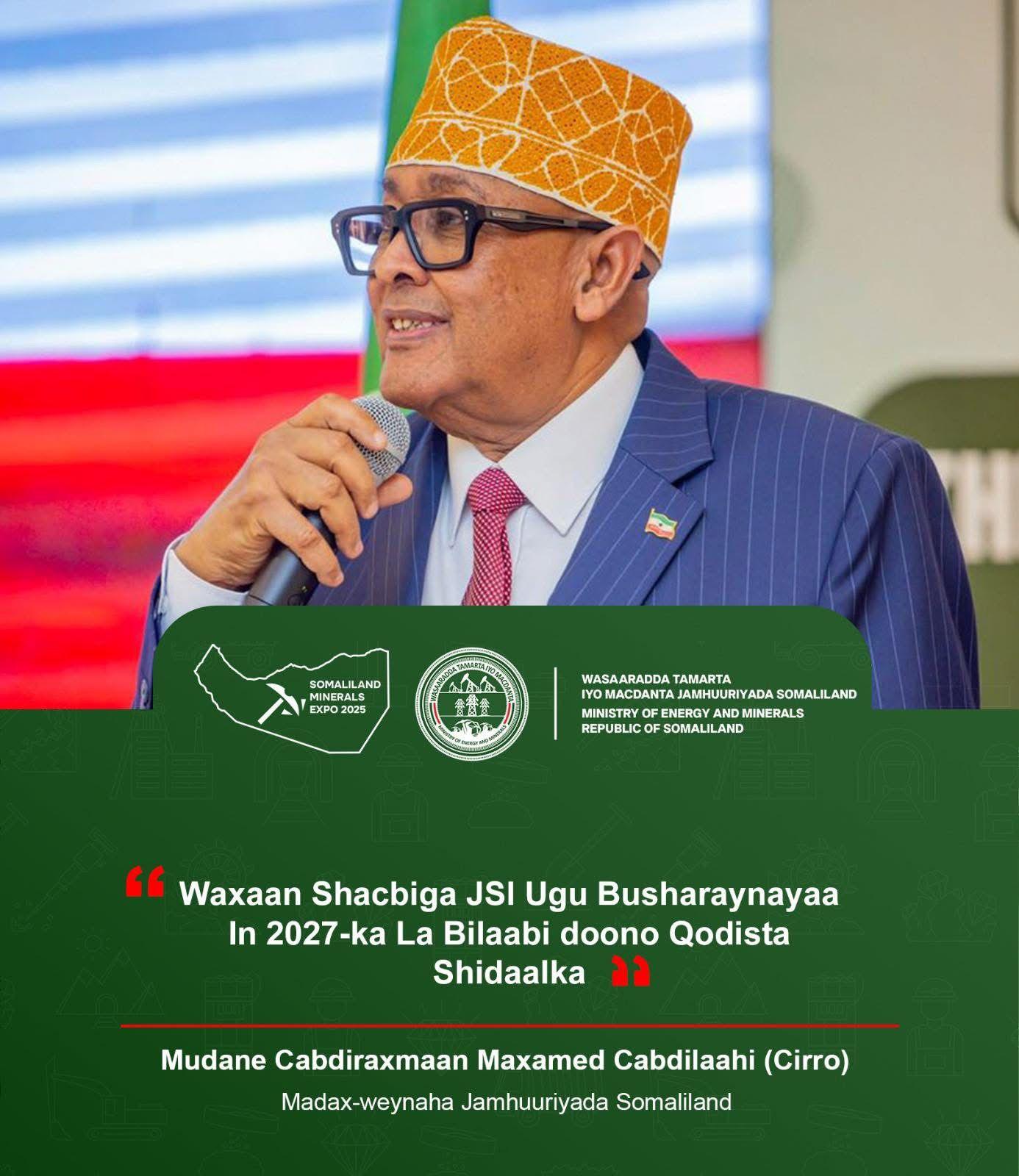By Suleman Yousaf (Pakistan)
Pakistan has been dealing with one of the worst energy crises in recent times. As the dwindling traditional energy sources fail to meet the ever-increasing demand, the need for better performance with alternative energy resources is a must.
High power outages as a result of the energy shortfall not only can restrict economic growth and impair daily life, but also impede technological advancement.
The nation has a growing surplus of power, but that paradoxically makes them more reliant on imports as they have less capacity to store it for when the wind dies down.
Pakistan by October 2023 had a deficit of energy up to 6,000 megawatts (MW) because it was importing USD 7 billion worth of electricity.
Pakistan currently has an installed generation capacity of 43,775 MW — only around 7% from renewable sources according to NEPRA’s (National Electric Power Regulatory Authority) annual report for FY22.
This crisis calls for a strategic reinvestment in renewable energy infrastructure and the resulting policy reform that will provide Pakistan with sustainable clean, green power through its future.
The roots of the energy crisis in Pakistan go back to the 1970s when Pakistan was able to dodge a significant energy catastrophe only by one or two years through government intervention in the Mangla and Tarbela dams.
Irrigation contributed briefly to a very large-scale use of hydropower in the country, which met for some time energy demand so well. The 1980s, for instance, were years of robust economic expansion and a huge increase in demand for energy.
The generation too did not keep pace with the ever-increasing demand despite efforts by Central and State Governments to step up power production.
The Pakistan energy crisis is due to multiple interrelated factors that are feeding off one another. This is mainly because of Pakistan’s excessive dependence on nonrenewable and very expensive fossil sources which constitute 59% of the energy mix.
This dependence is further enhanced by obsolete transmission lines, infrastructural deficiencies, and line losses or power thefts. Not only that, the country is afflicted by overpopulation and unplanned industrial growth and urbanization. This is further deepening the pressure on the energy infrastructure.
Pakistan is dealing with an increasing deficit between the ever-growing demand and limited supply of power, projected to surge to 70% by 2030 as per a World Bank study. These problems have led to economic instability and a lack of technical expertise.
Moreover, systemic corruption and inefficiencies in the GENCOs (power generation companies) and DISCOs (power distribution companies), form part of what has created this crisis.
The slow pace of progress on energy is no accident; the absence of sustained political commitment and coherent energy policies, vested interests in serving IPPs, or grappling with circular debt are all responsible.
The government needs a multi-faceted approach to solve the energy crisis in Pakistan. The nation has to start investing a large amount of money in renewable energy sources e.g. solar, wind and hydro power etc.
With no more than 7% of Pakistan’s current energy mix, the renewable share is very small, so boosting it substantially matters. This will help to reduce expensive fossil fuel imports and more importantly, it is consistent with global moves towards renewable energy.
Moreover, it is imperative to improve and augment transmission infrastructure to address the persistent problems of line losses and power theft that have been afflicting the system for long.
Replacing these obsolete lines will improve the productivity and dependability of services, ensuring that the generated power is distributed to consumers.
Apart from that, addressing the systemic corruption in the GENCOs and DISCOs can be achieved by the strict directions of anti-corruption and reform in management, bringing us back into order on spending. That must be married to constant political will so that the reforms can be implemented and transgressors penalized.
Renegotiating short-term contracts with IPPs will reduce the liabilities causing circular debt. These would bring back financial discipline in the power sector.
Furthermore, the bureaucratic red tape that clogs project implementation slows processes and increases costs, all must be done to move projects forward on time and within budget.
A key component of sustainable energy development is the local technical capacity. Education and training programs for engineers or technicians are an investment all balanced by the creation of a background that supports a competent workforce to maintain, sustain, and develop energy infrastructure.
Such long-term investment is essential to cope with technological evolution and secure the efficient functioning of energy systems. Public-private partnerships leverage private sector efficiencies and expertise, which attract investment and innovation to support public energy needs.
In this entire scenario, utilizing the neglected but abundantly available renewables high potential and capacity resources, including wind (50,000 MW), solar (40 to 170 GW), hydro (30 to 52 GW), and Thar coal (100,000 MW) along with other options, such as biofuels, tidal, and nuclear potential would be a progressive stride in the right direction.
Pakistan will be able to boost its energy supply and decrease fossil-fuel imports by harnessing these sources. Energy conservation and efficiency measures must also be a priority for the government.
Reducing the overall demand, therefore, requires policies put into place to promote energy-efficient appliances and practices. Thus, public awareness campaigns should be carried out to promote energy saving and economic development through it.
These can, along with structural reforms fill the gap in projected supply and demand to guarantee an unremitting sustainable energy future for Pakistan.
Suleman Yousaf is a seasonal writer at The Advocate Post who writes about social, political and environmental issues.






This Post Has 2 Comments
Pingback: Transnistria Declares Economic Emergency Again as Russian Gas Supplies Dwindle - The Advocate Post
Pingback: The Humanitarian and Migration Crisis in Venezuela: An Analysis through the Lens of J. David Singer, E. H. Carr, and Hidemi Suganami - The Advocate Post